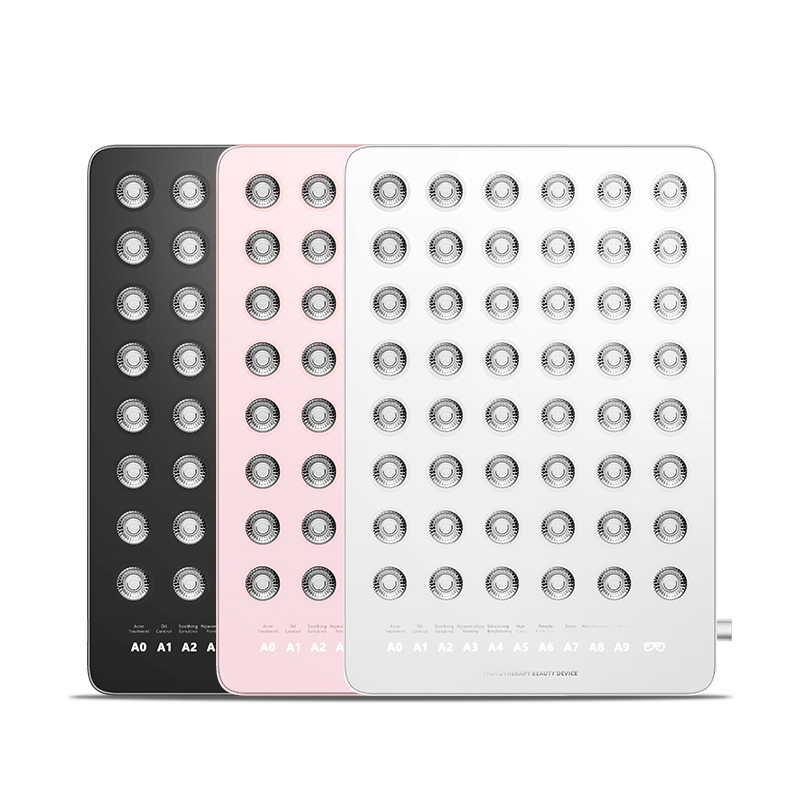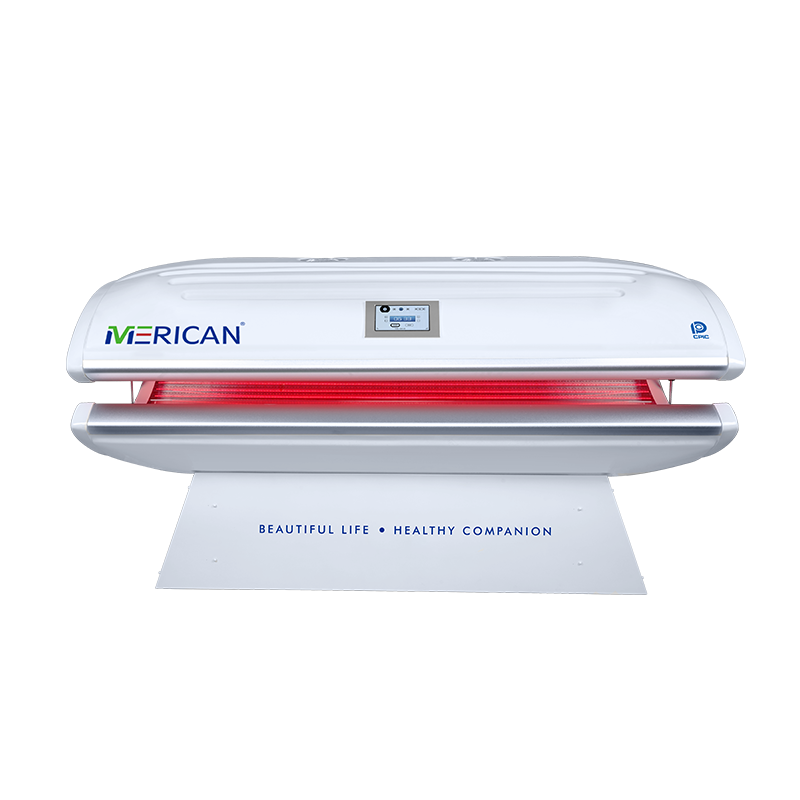레드 라이트 테라피 (RLT) 우울증 치료에서 잠재력과 약속을 보여줍니다.
다음은 우울증 치료에서 적혈구 치료에 대한 자세한 분석입니다.:
나. 적색광 요법의 기본 원리
적색광 요법은 낮은 수준의 적색광을 사용하여 치료 방법입니다., 그의 파장은 일반적으로 630nm에서 700nm 사이입니다. 이 요법은 세포 내에서 미토콘드리아를 활성화하기 위해 신체로 빛을 조사함으로써 비 침습적 방식으로 작용합니다., 세포 에너지를 촉진합니다 (ATP) 생산 및 기타 생물학적 효과.
II. 우울증 치료에 적색광 요법의 적용
1、미토콘드리아 기능의 개선: 미토콘드리아 기능 장애는 우울증의 발병에 중요한 측면입니다.. 적색광 조사는 미토콘드리아를 활성화시킬 수 있습니다, 카탈라아제 활동을 늘리십시오, 설탕 대사 및 ATP 생산을 촉진합니다, 따라서 세포 기능을 향상시킵니다, 특히 신경 세포의 기능.
2、항 염증 효과: 우울증의 발병 기전은 염증 반응과 밀접한 관련이 있습니다.. 적혈구 조사는 신경 염증 반응을 피하기 위해 항 염증 인자를 상향 조절할 수 있습니다., 따라서 우울 증상을 줄입니다.
3、신경 전달 물질의 조절: 모노 아민 성 신경 전달 물질의 기능적 활성 감소 (예를 들어, 도파민 및 5- 하이드 록시 트리트 타민) 우울증의 중요한 병원성 메커니즘 중 하나로 간주됩니다.. 적색광 요법은 뇌 영역에서 도파민 전이를 향상시키는 것으로보고되었습니다., 따라서 우울 증상을 개선합니다.
4、바이오 리듬의 규제: 우울한 환자는 종종 생물 부정맥 장애로 고통받습니다, 특히 계절적 우울증. 적색광은 멜라토닌 분비를 억제하고 일주기 리듬을 조절합니다, 따라서 수면과 기분을 향상시킵니다.
우울증이란 무엇입니까?? 증상 및 치료
미국 정신과 협회에 따르면, 우울증, 주요 우울 장애 또는 MDD라고도합니다, “당신이 느끼는 방식에 영향을 미치는 일반적이고 심각한 의학적 상태입니다., 당신이 생각하는 방식과 행동 방식”. 많은 사람들이 그 상태를 슬픔과 연관시킵니다, 그것은 사람의 삶과 복지를 크게 손상시킬 수있는 다른 증상이 많이 있습니다.. 이 중 일부는 포함됩니다:
*한 번 즐기는 동기 부여 또는 활동에 대한 관심 상실
*수면 장애 (불면증이나 너무 많이 자고 있습니다)
*과민성 또는 화난 폭발
*에너지 부족 또는 극심한 피로
*식욕 부족 또는 음식 섭취 증가
*불안 또는 불안
*무가치 한 느낌
*생각이나 집중력이 어려워집니다
*죽음이나 자살에 대한 생각
*설명 할 수없는 신체 증상 (근육과 관절 또는 두통)
증상의 수와 심각성은 개인마다 다를 수 있습니다.. 우울증에 대한 전형적인 치료는 약물 치료와 관련이 있습니다 (상태를 치료하는 데 사용되는 수백 개의 약물이 있습니다., 그리고 개인을 위해 일하는 것을 찾으려면 많은 시행 착오가 필요할 수 있습니다.), 요법 (인지 행동 또는 정신 역학적 치료, 예를 들어), 또는 둘의 조합.
아마도 당신은 위의 목록을보고 생각하고있을 것입니다, "이것은 나처럼 들린다". 아니면 진단이 있고 현재 치료를 보충하는 효과적인 방법을 찾고 있습니다.. 당신의 상황이든, 의사와 함께이 여정을 시작하는 것이 중요합니다., 자기 진단과 감독되지 않은 치료는 심각한 결과를 초래할 수 있습니다.
III. 임상 연구 및 증거
최근 몇 년 동안, 점점 더 많은 임상 연구는 우울증 치료에 적색광 요법의 적용을 뒷받침했습니다.. 예를 들어, 홍콩시 대학 (City University of Hong Kong)의 연구팀은 적색광 조사가 미토콘드리아를 활성화하고 세포 합성을 촉진 할 수 있음을 발견했습니다., 손상된 조직의 수리 및 재생에 도움이되는, 그런 다음 신경 조직을 자극하여 치료 목적을 달성합니다. 게다가, Wenzhou Medical University와 Zhejiang Key Laboratory of Neurology Research의 한 팀이 수행 한 연구에 따르면 적색광 조사는 생쥐에서 우울증과 유사한 행동을 향상시킬 수 있습니다..
IV. 적색광 요법을 사용하는 이유?
우리가 적절한 자연광을 얻지 못할 때, 그것은 우리 몸의 모든 세포와 과정에 영향을 미칩니다. 인간은 최적의 건강을 위해 햇빛을 사용하도록 만들어졌습니다. 건강한 빛은 모든 세포의 기능에 필수적입니다, 빛이 부족하면 만성 질환과 질병으로 이어질 수 있습니다..
햇빛의 부족은 햇빛이 충분하지 않아 뇌 세로토닌과 도파민 수치를 고갈시키기 때문에 불안과 우울증을 유발하는 것으로 알려져 있습니다., 그리고 그 낮은 수준은 기분 조건을 무력화시킬 수 있습니다.. 장기간 실내에 머무르는 것은 정신 건강에 영향을 미칩니다. 임상 우울증과 불안 외에도, 낮은 수준의 세로토닌은 또한 계절적 정서 장애와 같은 우울 장애와 관련이 있습니다. (슬픈), 일광 시간 변화에 영향을받는 기분 장애의 유형.
적색광 요법은 구체적으로 할 수 있습니다:
- 느린 에너지 수준을 높이십시오
- 균형 잡힌 분위기를 지원하십시오
- 정신 선명도와 자신감을 향상시킵니다
- 일반적인 양성을 향상시킵니다, 그리고 침착합니다, 불안을 줄입니다
- 계절적 우울증을 줄입니다 (슬픈)
적색광 요법 장치는 이러한 이점을 가질 수 있습니다, 그들은 일을 정신 건강 전문가 나 불안에 대한 다른 치료법으로 대체해서는 안됩니다., 우울증, 또는 같은.
결론적으로, 레드 라이트 테라피, 신흥 비 침습적 치료 방법으로서, 우울증 치료에 잠재력과 약속을 보여줍니다.. 연구의 심화 및 지속적인 기술 개발로, 미래에 우울한 환자에게 혜택을 가져올 것이라고 믿어집니다..


























